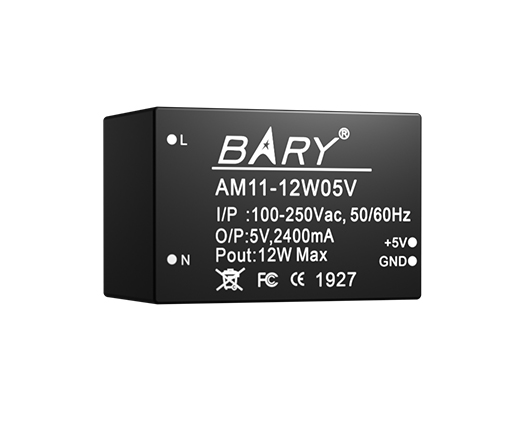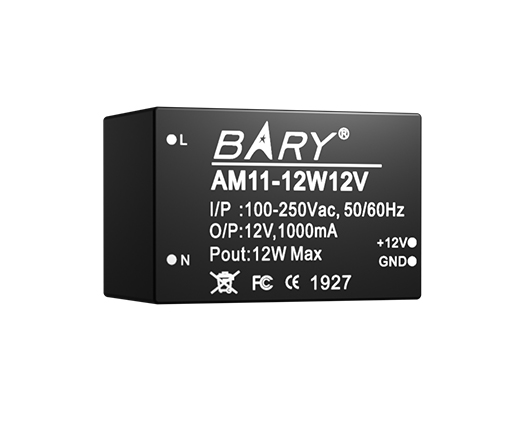

1. GPRS technology
GPRS (General Packet Radio Service) is the abbreviation of General Packet Radio Service technology. It is a mobile data service available to GSM mobile phone users. The technology between 2G and 3G is also called 2.5G. GPRS can be said to be the continuation of GSM. In the past, GPRS used a different method of continuous channel transmission. It was transmitted in packets. Therefore, the cost borne by the user is calculated based on the unit of transmission data, not using the entire channel, which is cheaper in theory. The transmission rate of GPRS can be increased to 56~114Kbs.
GPRS network
GPRS high transmission rate
GPRS can provide up to 115kbit/s transmission rate (the highest value is 171.2kbit/s, not including FEC).
GPRS access time is short
The packet switching access time is shortened to less than 1 second, which can provide fast and instant connection, and can greatly improve the efficiency of some transactions (such as credit card verification, remote monitoring, etc.).
GPRS supports IP protocol and X.25 protocol
The GPRS module supports the most widely used IP protocol and X.25 protocol on the Internet. And because of the wide coverage of GSM network, GPRS can provide the global wireless access of Internet and other packet networks.
Of course, there are many problems with GPRS, such as:
GPRS will cause packet loss
The actual rate is lower than the theoretical value
The terminal does not support the wireless termination function
Modulation is not optimal
2. 4G wireless communication technology
4G: The fourth generation of mobile communication technology. It is based on the continuous optimization and upgrading of 3G communication technology, integrates the advantages of 3G communication technology, and derives a series of inherent characteristics. With WLAN technology as the development focus, it can be said that it was born for the Internet. The innovation of 4G communication technology makes it have a greater competitive advantage compared with 3G communication technology.
Brief introduction of GPRS, 4G, NB-IOT
First of all, the 4G communication module can realize the high-definition transmission of original pictures and original videos in the transmission of pictures and videos, and its transmission quality is comparable to that of computers; secondly, using 4G communication technology, it can download software, files, pictures, audio and video Its speed can reach tens of megabytes per second, which is not possible with 3G communication technology, and it is also a significant advantage of 4G communication technology; this fast download mode can bring us a better communication experience, and is also convenient for our daily learning downloading of learning materials; at the same time, in the context of the development of high-speed and convenient networks, users have also put forward higher requirements for traffic costs.
3. NB-IOT wireless communication technology
NB-IOT: Mobile communication is moving from the connection between people to the connection between people and things and between things and things. However, the current 4G network is insufficient in the connection between things and things. It is against this background that NB-IOT IOT was born. NB-IOT is commonly known as 4.5G. In addition to having a peak rate of up to 1Gbps, it also means more connections based on cellular IoT, supports M2M connections, lower latency, and ultra-low power consumption.
Since NB-IoT is built on a cellular network and only consumes about 180KHz of bandwidth, it can be directly deployed on a GSM network, UMTS network or LTE network to reduce deployment costs and achieve smooth upgrades.
From the perspective of the access network, the uplink transmission scheme of the NB-IoT module supports two forms of single-frequency tone transmission and multi-frequency tone transmission. The single-frequency tone solution supports better coverage, capacity and terminal power consumption; the multi-frequency tone solution can be used to support a larger peak rate.
From the perspective of technical characteristics, the deployment method of NB-IoT is relatively fast and flexible. In terms of power consumption and performance, NB-IoT terminals have low power consumption. From the perspective of cost and market promotion, because NB-IoT can be directly deployed on 2G/3G/4G networks, the radio frequency and antenna of existing wireless network base stations can be reused.
Compared with traditional 2G, 3G, and 4G cellular communication technologies, the NB-IoT module itself has the advantages of low power consumption, wide coverage, low cost, and large capacity, making it widely used in various vertical industries, such as remote meter reading , asset tracking, smart parking, smart agriculture, etc.








